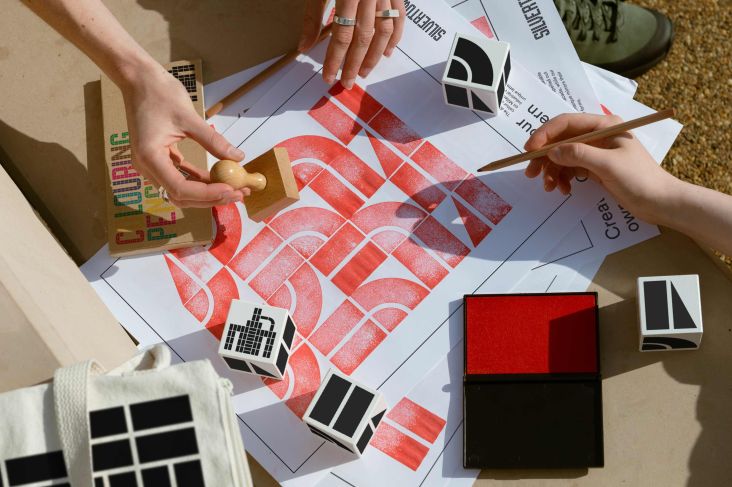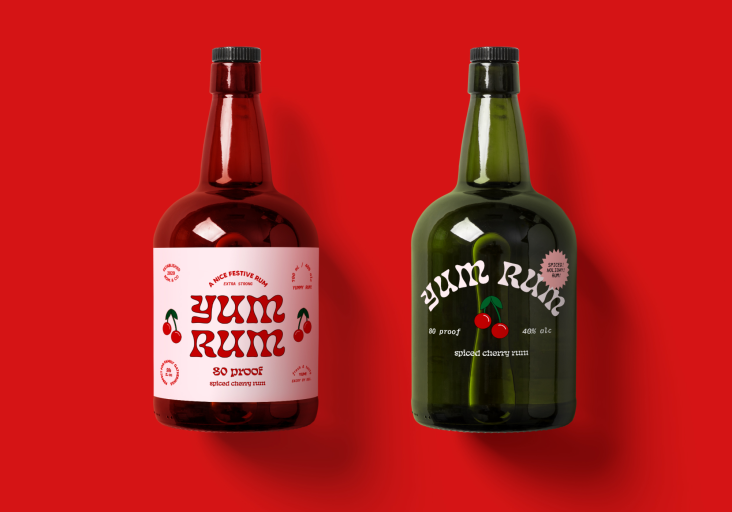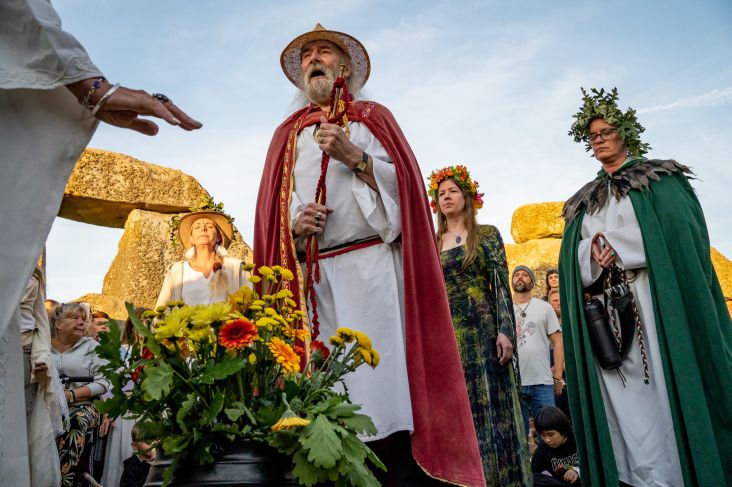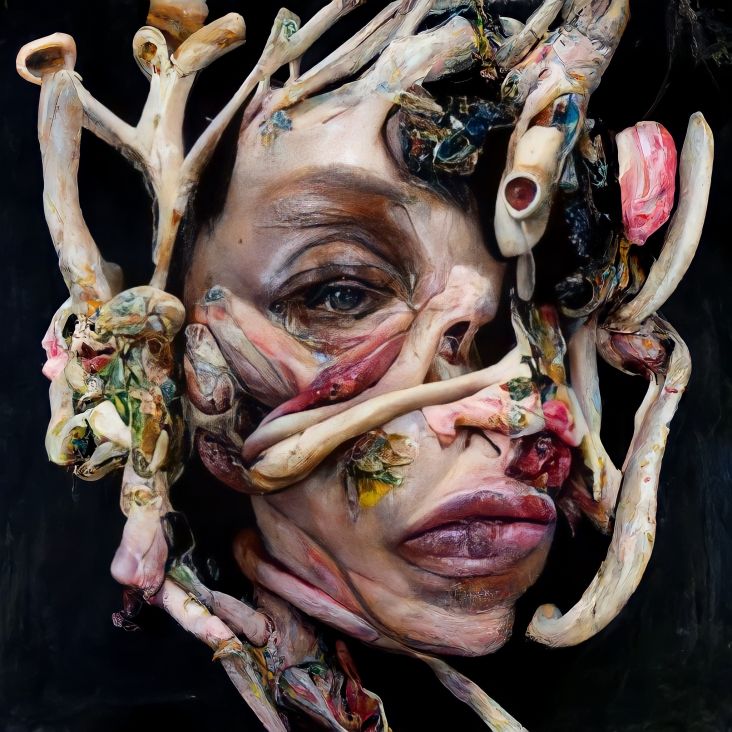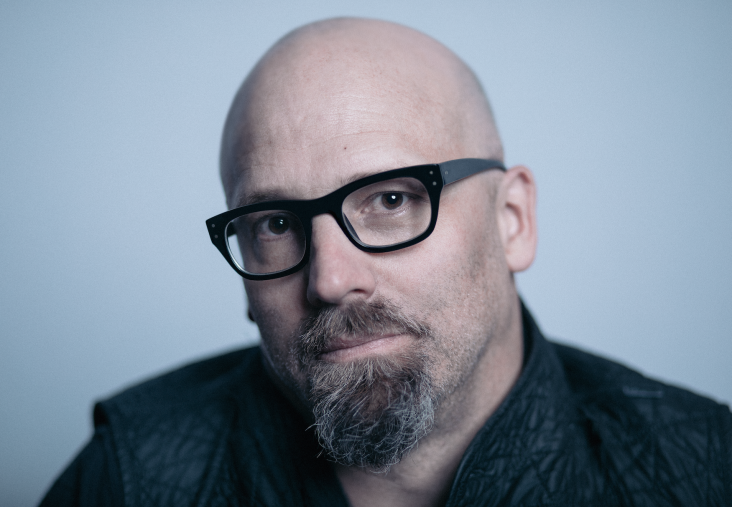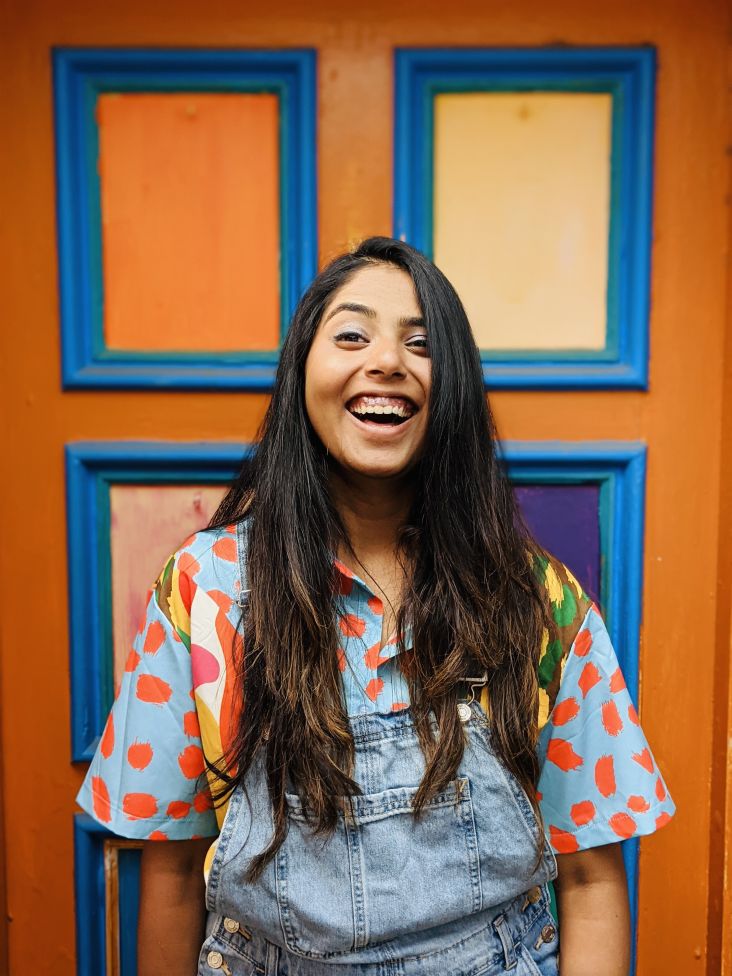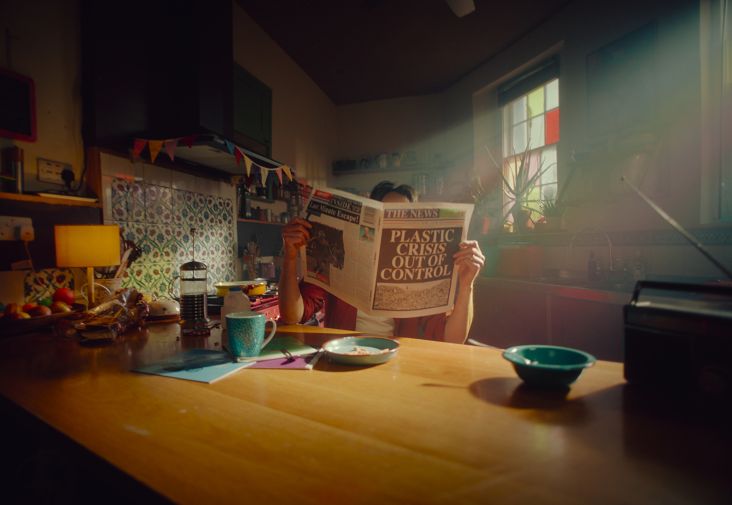Jeffery C. Becton on liminal spaces, creating emotional connections, and the power of ambiguity
Fine art photographer Jeffery C. Becton has enthralled audiences for decades with his digital montages that explore the ambiguities of his mediums and subject matter. Based in Maine, he is currently exhibiting in London for the first time alongside conceptual artist and photographer Andrea Hamilton at AH Studios.
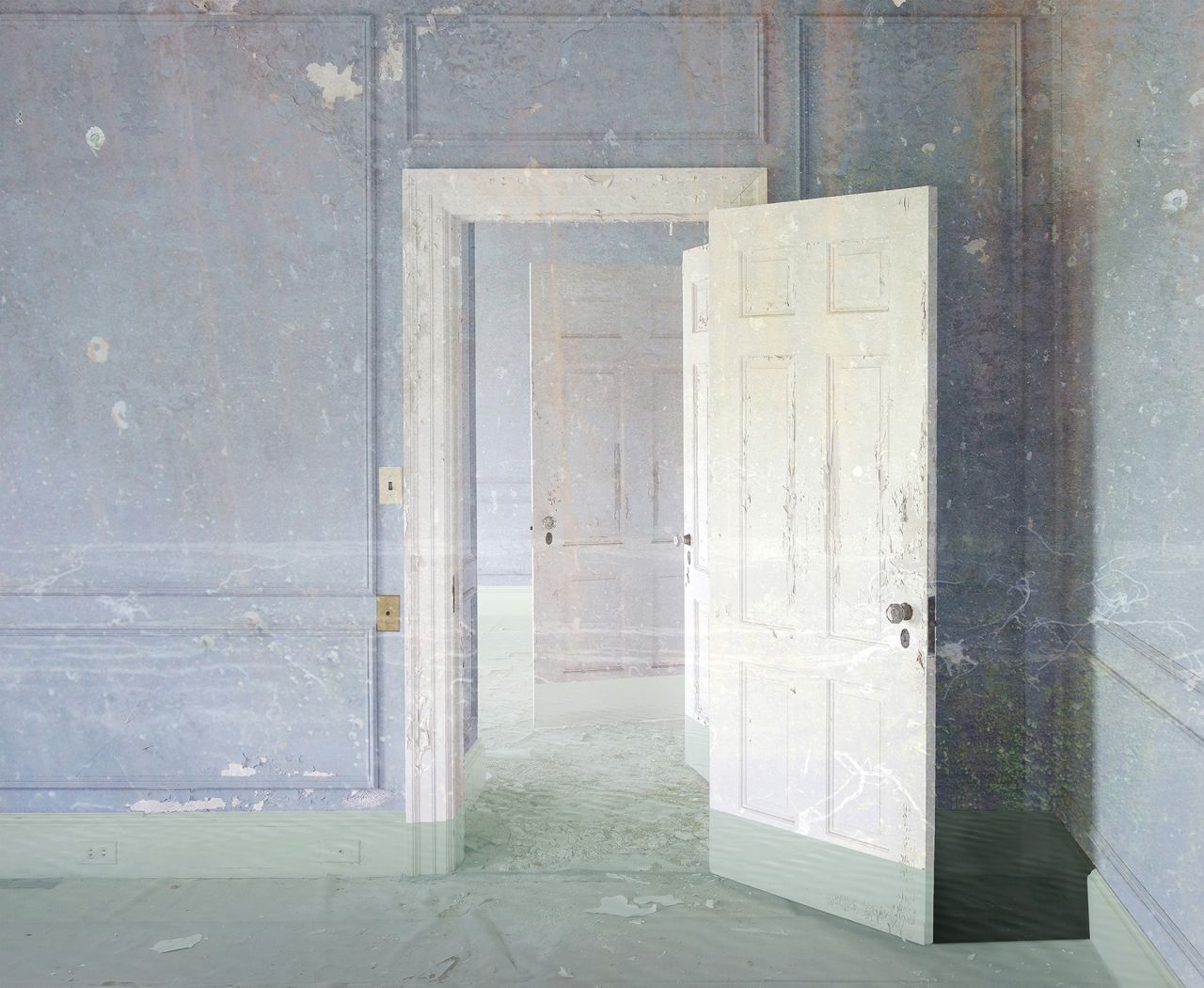
© Jeffery C. Becton
Running until 31 August 2022, Between Two Worlds is an evocative showcase of two photographic artists who have a strong connection to the poetics of coastal spaces. Jeffery Becton and Andrea Hamilton are both interested in the intersection of land and sea, memory and place. In this exhibition, the pair highlight the emotional potential of our environment.
Jeffrey, a pioneer in the field of fine-art photography who lives and works in Deer Isle, Maine, expresses these thoughts and observations via seamless, painterly montages. Images layer up to bring us waves crashing through hallways and shimmering rooms that appear, even if not always literally, to be submerged in some way.
The architecture of vintage New England houses, many of which are part of Jeffery's personal story, feature prominently in his work for Between Two Worlds. Flooded with watery light, these uncanny images see the walls of these ravaged homes peel like skin, prompting the viewer to meditate for a moment on generational fade and what might have been lost.
To learn more about his life story, approach to photography and the work on display at AH Studios, we talked to Jeffery as he headed across the Atlantic to London in time for the show's opening.
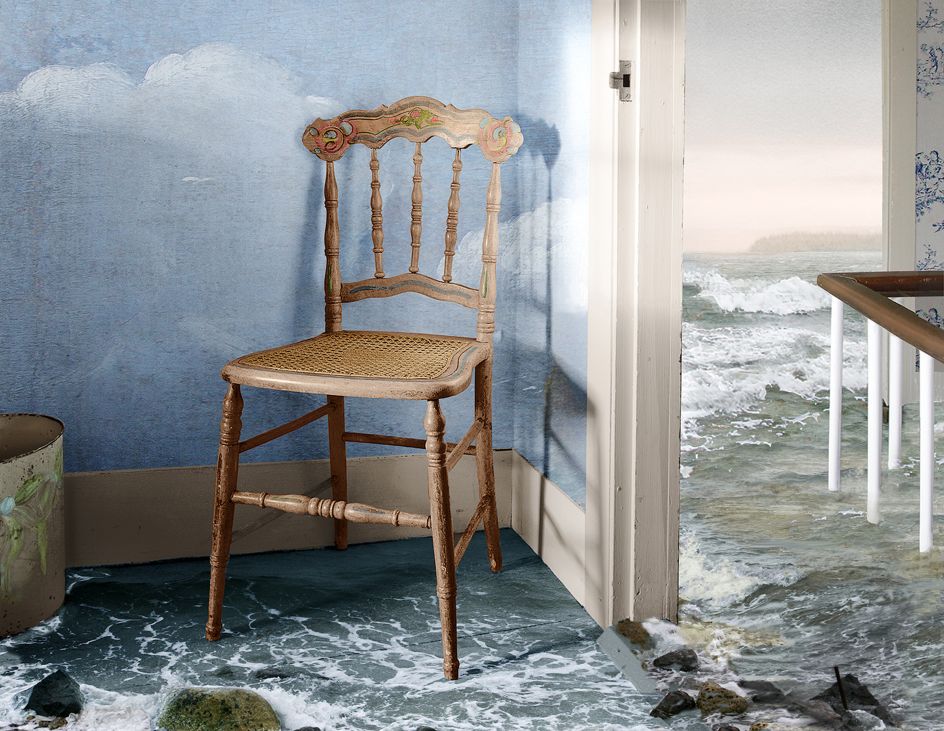
© Jeffery C. Becton
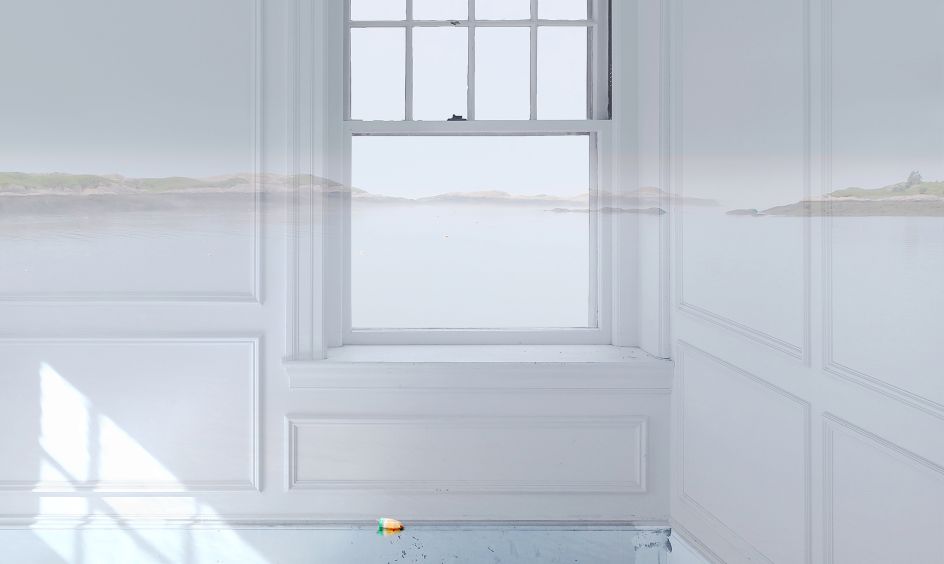
© Jeffery C. Becton
You've received an MFA in graphic design, but what made you want to move into photography?
The truth is I wanted to go to art school, but as I was majoring in history, I had only taken two art classes as an undergraduate at Yale, so I didn't have a portfolio to submit. However, it occurred to me that the graphic design department might provide me with an art education of sorts, and they accepted me! Photography was required, and it came naturally to me. We were fortunate to have mentors such as Jerry Thompson, a protégée of Walker Evans, who encouraged me to carry on – and so I did!
How has your approach to photography changed and developed over the years?
I moved from doodling around using a small format to a medium format, at which point I became interested in black and white portraiture using a Rolleiflex. From there, I began using a variety of cameras and soon began shooting in colour. As the technologies changed, I adapted, and when digital came along, I embraced it: from the earliest Nikon Coolpix to my iPhone 13 pro max with multiple cameras in between. My current favourite digital camera is my Sony A7R IV which produces a 55-megabyte file.
This is your first ever exhibition outside of the US. What made you want to come to London, and how have you found it?
I came to London because of the fine art photographer Andrea Hamilton, who discovered my work at the Steve Koman Gallery, which also represented her in Vero Beach, Florida. Seeing how our mutual interests overlapped, she suggested a collaboration, and after numerous conversations, she convinced me to come back to London. I have loved every minute of my time here in London, especially this hidden gem of a street where AH Studio is, full of creatives, artisans and a thriving community she is so generous towards.
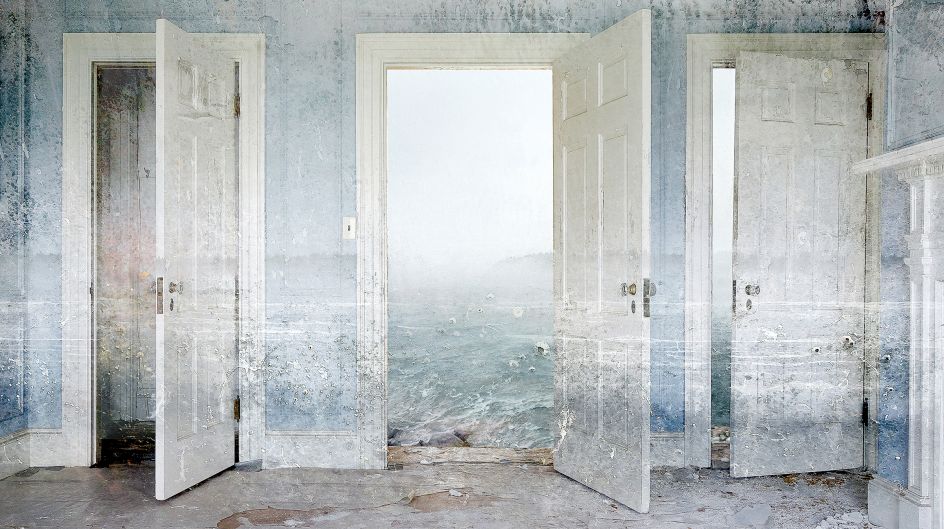
© Jeffery C. Becton
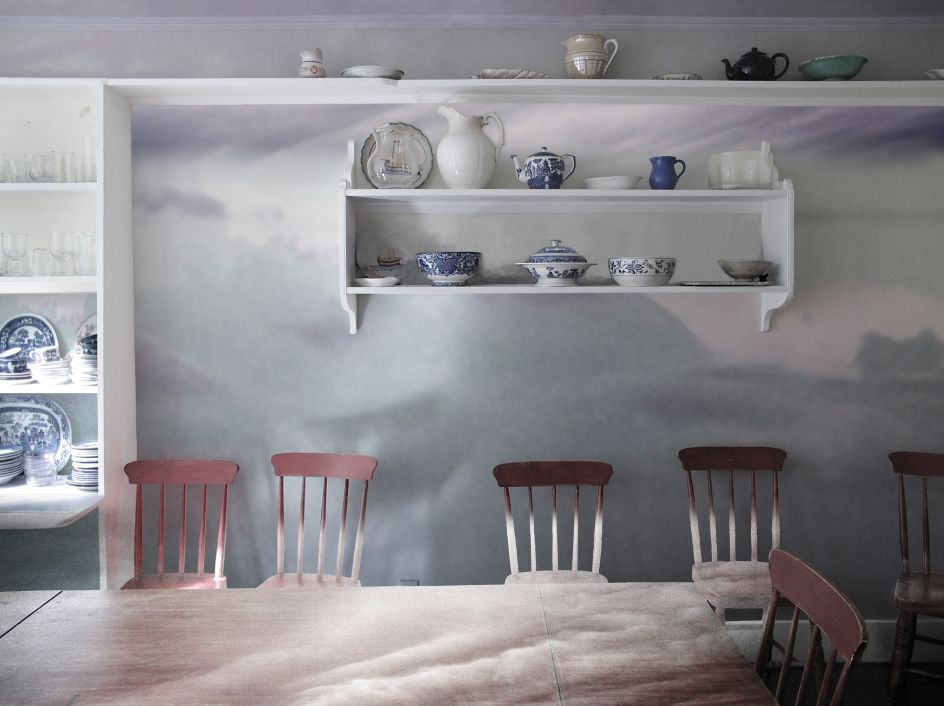
© Jeffery C. Becton
What is it about Maine that makes for such a good photographic study?
The Maine coastline is 3,000 miles long, and it is spectacular. I love the sea and recording every aspect of it, but I especially love the coast: the rugged rock-bound edges, the presence of many harbours to shelter in, the light on the water at different times of day, tides, seasons and weather. Equally, the multi-generational summer homes along the shoreline pull on my imagination. (My parents built their summer house on the coast in Blue Hill, Maine, in 1947, the year I was born. We always summered there as a family. In 1976 I decided to move to Deer Isle nearby, and live there full time.)
How has Maine itself shaped you as a photographer?
Aside from the ocean itself, my greatest inspirations are the intertidal zones – those shifting, liminal spaces – and the patinated surfaces found therein, created by both the growth and the decay that takes place where land meets the sea.
I am also interested in the interplay of light along the surface of the water, the action of waves and the particular way in which the weather seems to mimic our emotional sensibilities.
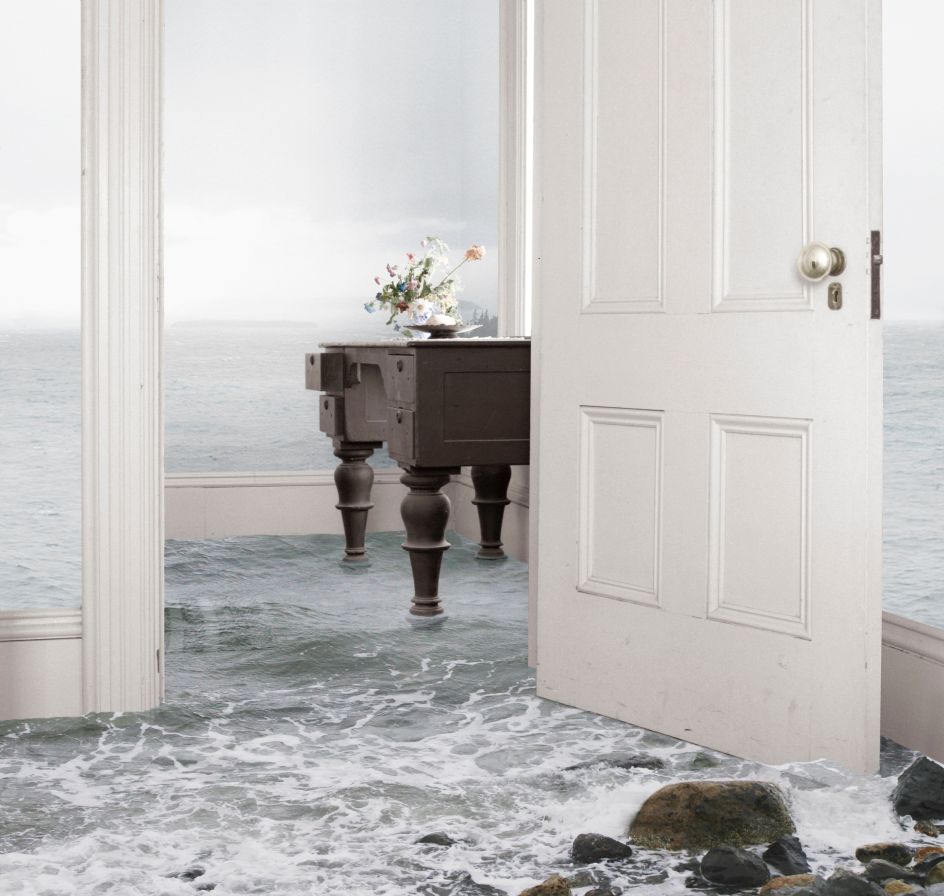
© Jeffery C. Becton
Your work involves layering up different images to create a montage. Where did the idea for this approach come from?
I never did multiple exposures in the dark room, but when the technology became available, I learned to scan my prints, negatives and ephemera. I understood that the technologies available were not there to help me perfect an image taken but to create something new. Layering became an important aspect of my process. It allowed me to achieve the mood, undertone, or atmosphere I wanted to invest in my images. This way, I began to inhabit my images and build new worlds from what I had captured. In retrospect, I now see something architectural about my process – the initial photograph being like the foundations – compositionally, formally – or the bones of the image, onto which I layer, add, remove and bring something new to life.
Who are your biggest artistic/photographic inspirations, and why?
Frequently, people refer to my images as painterly and sometimes suggest there is an aspect of the surreal in them, maybe a bit of Magritte. Still, I feel more of a connection to the empty, emotional spaces in Edward Hopper's work and the quality of light, tone and mood of the painter Andrew Wyeth who is also from Maine.
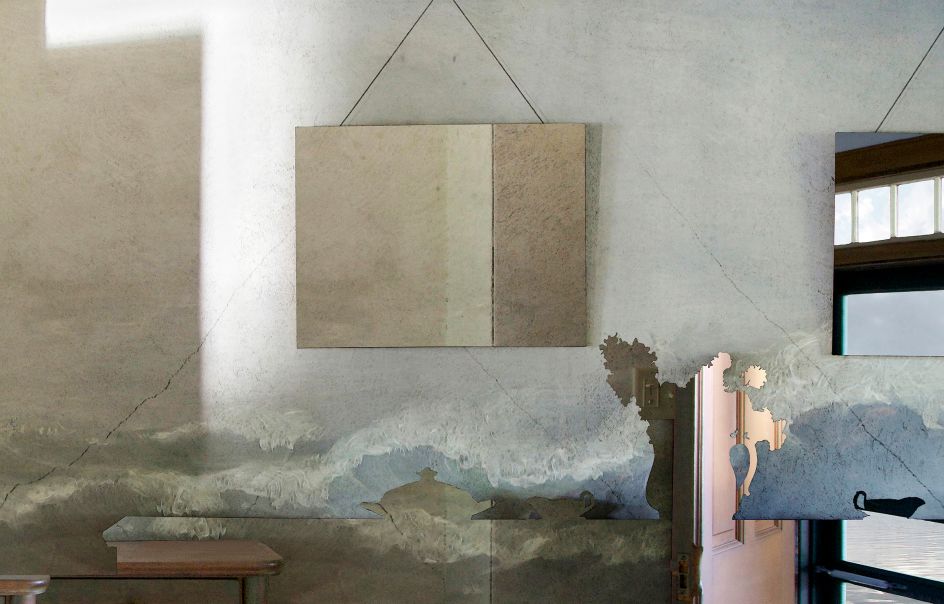
© Jeffery C. Becton
What excites and intrigues you most about fine art photography?
To me, fine art photography is about storytelling and the possibility of an emotional connection between the viewer, but also giving them space to explore what they feel. On the one hand, I hope the picture is beautiful enough to draw them in but also uncanny or challenging because of the juxtapositions I create. One of the reasons I create ambiguity is that it allows the viewer to consider how they are feeling and question what they feel, but it starts with beauty. Beauty (tone or balance) is the way into my picture.
Do you have a normal working day, and if so, what does it look like?
I moved from working on the third floor of my house to a small studio when I married Hillary, and we got two cats. I've since established a routine of going to the studio after breakfast and returning home by early evening. The interruptions no longer include the cats, but my phone rings, the internet fails, and my computer and printer seem to go on the fritz constantly. So, it is fair to say that my normal working day includes a fair amount of frustration. At the worst moments, I also seem to run out of paper, ink and print pads – all of which need to be ordered from B&H in New York. I print all of my own images, which is an important part of my process.
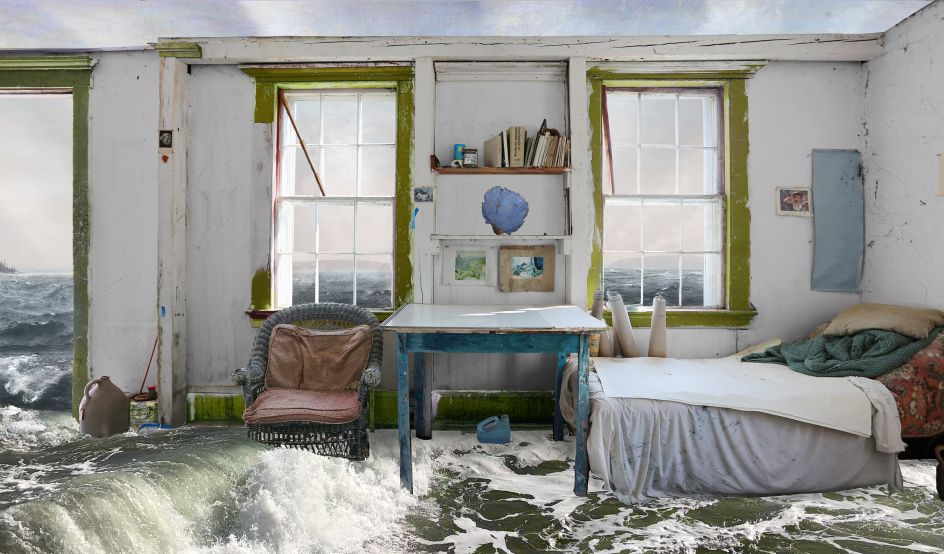
© Jeffery C. Becton
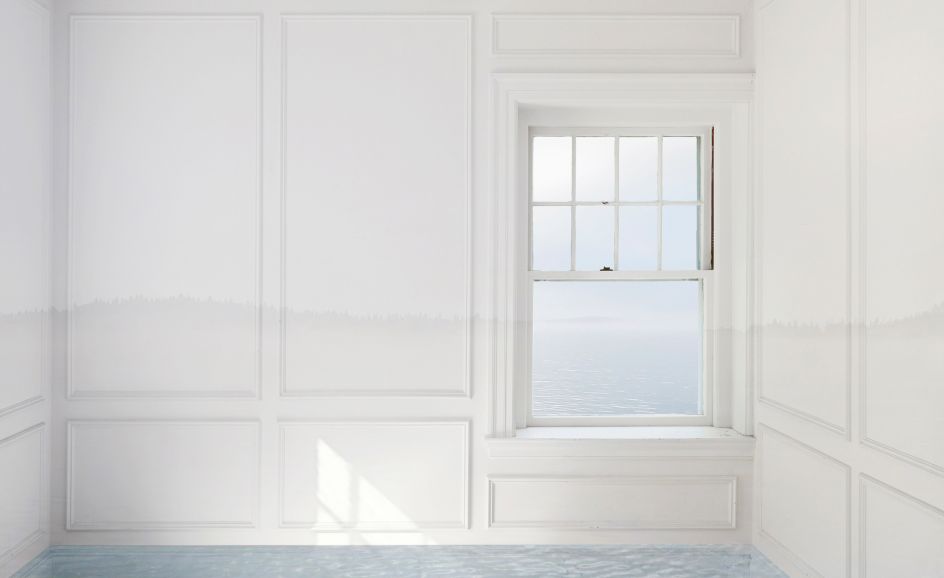
© Jeffery C. Becton
How does it feel to see your work alongside Andrea Hamilton's in Between Two Worlds?
Seeing my pieces on the walls of another artist in this stunning Georgian mews house that shares so many architectural aspects of the homes I photograph in Maine, I am both relieved and surprised at how well the work travels. I am also honoured by the framing and care in which Andrea has presented them, and in this show, I have understood that I don't take pictures. I make pictures, and I am deeply grateful for what I have been able to accomplish thus far.
Do you have a piece of work or time period you're most proud of?
The series I produced from combining the photographs I took at The Calendar House, a derelict stately home in Bar Harbor, with the photographs I took of the corroding hull of The Tupper, an abandoned 250 ft buoy tender in Nova Scotia, are some of the best.
What advice would you give to aspiring fine art photographers?
My advice to young photographers is to create an archive and save everything. I have seen how important that is in the work of Andrea Hamilton, of how disciplined she is, and how specifically she uses it. One never knows over the years what will be useful and inspire you.

















